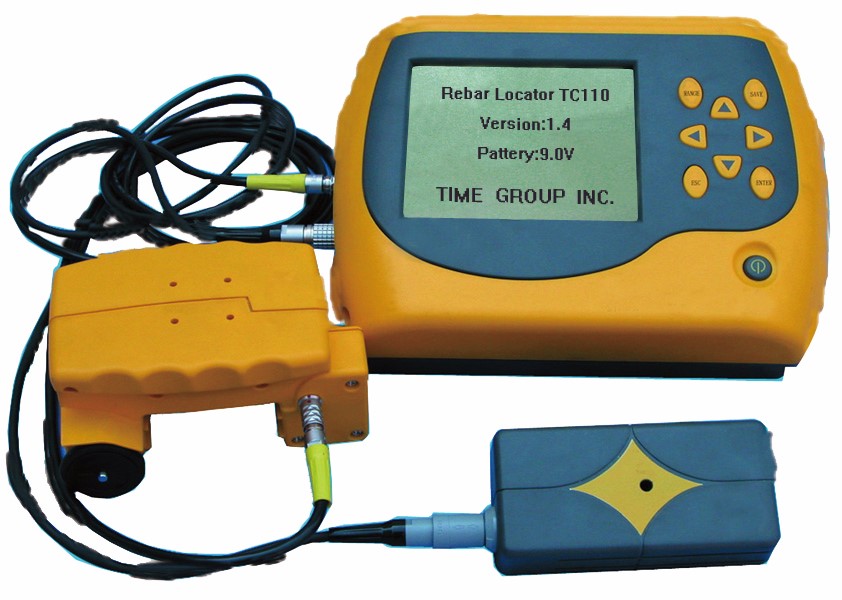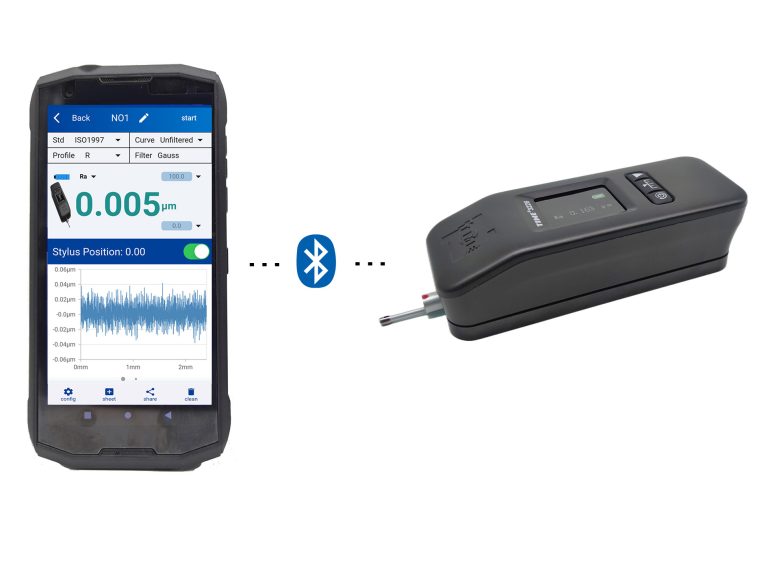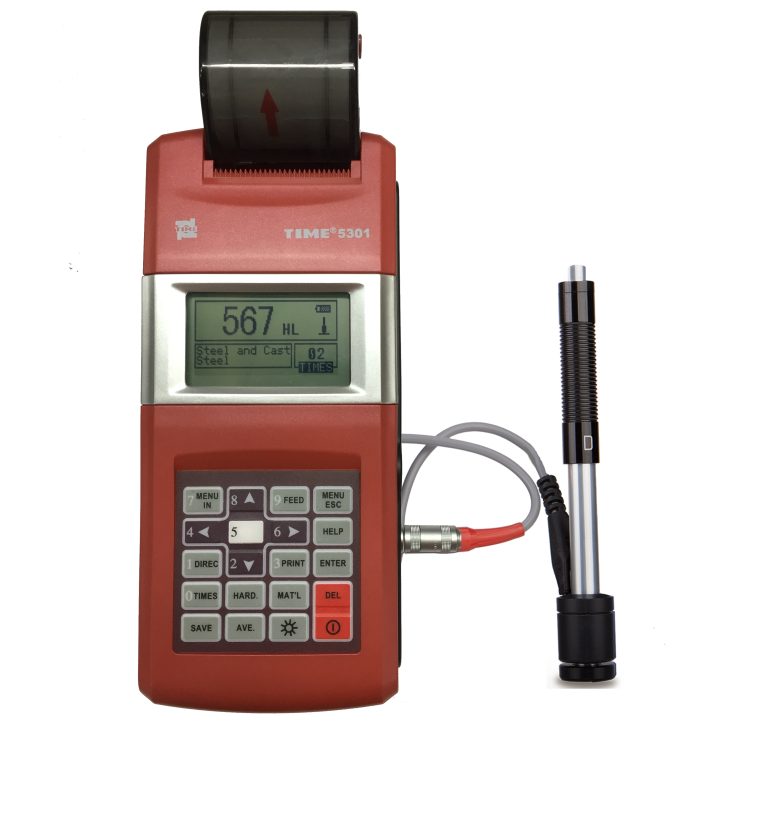BEIJING TIME VISION AI INSTRUMENT LTD.
https://timetech-ndt.com/
Email: timehardnesstester@gmail.com
WhatsApp: 008615201625204
——————————————–
Surface roughness is an important parameter used to determine the suitability of a surface for a specific purpose. Irregularities on a machined surface can affect the quality and performance of that surface and the performance of the final product. Rougher surfaces generally wear faster than smooth surfaces and are more susceptible to corrosion and cracks, but they also promote adhesion. Factory manufacturer of roughness tester, profilometer, surface finish measurement. A roughness tester is a portable device used to quickly and easily measure the surface roughness (surface finish) of an object. Surface Roughness Tester TIME3221 https://timetech-ndt.com/product/surface-roughness-tester-time3221/
1. How do we measure roughness?
A typical roughness tester provides linear roughness measurement, tracking a mechanical tip along the surface to measure roughness along an arbitrary line. More sophisticated versions offer area roughness measurements, which use non-contact methods (e.g. lasers, optics, interferometers, etc.) to measure surface area to provide higher resolution and wider area measurements. Factory manufacturer of roughness tester, profilometer, surface finish measurement. In this discussion we focus on portable roughness testers and linear roughness measurements. Dynamic Rebound Hardness Tester TIME5301 https://timetech-ndt.com/product/dynamic-rebound-hardness-tester-time5301/
Roughness value is usually expressed in Ra, which is the mean absolute deviation from the center line of the surface. Rq is the root mean square of the deviation, and there are many other values used to measure peak height and trough depth. For most applications, Ra and Rq provide sufficient indication. For specially designed surfaces, other parameters may be more appropriate. Pocket Surface Roughness Tester TIME3100 (TR100) https://timetech-ndt.com/product/pocket-surface-roughness-tester-time3100-tr100/
2. Measure different line lengths, shapes, offsets and curves
The roughness tester can measure several predetermined lengths. Shorter distances are used to measure thinner surfaces, while longer lines are used to measure thicker surfaces. When considering a roughness tester, it’s a good idea to ask about the different options available.
Some roughness testers have interchangeable styli or probes for measuring different shapes, offsets and curves. To measure the inside or outside diameter, make sure the roughness gauge you are considering can meet your requirements.
If you prefer empirical or metric, some roughness testers are able to display surface finish results in microinches or microns, eliminating the step of manual conversion.
3. Data storage options
Other options include the ability to store data on the device itself, as well as a computer interface via a USB port for data storage or use of a computer for further analysis.







